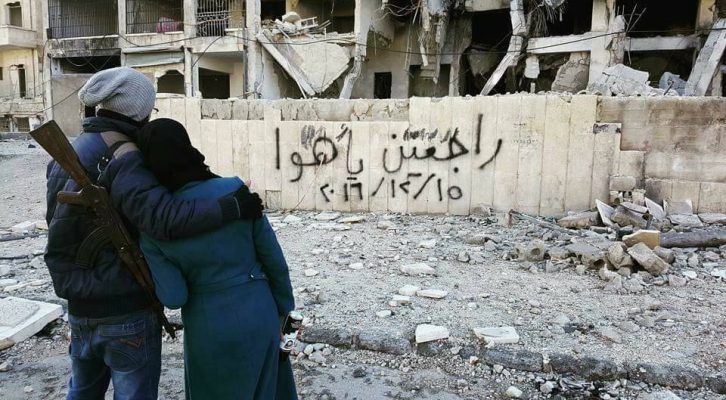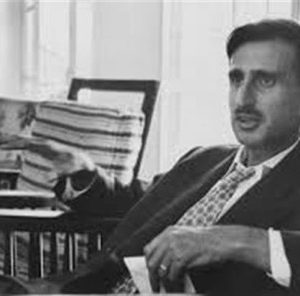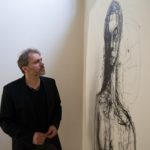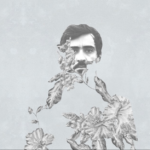Eastern Aleppo has fallen today, but looking at the root causes that paved the way to that fall you will realize it was inevitable not because the Baath forces and their allies are stronger or the Islamist factions are weaker but because the tens of factors that accompanied the first fall in 2012 lead to the second fall today.
The first fall was quick, unorganized and came early while the second fall came late, was painful and destructive, in other words; the first fall was a preface to the second.
First: we need to remember that the revolutionaries mocked the people of Aleppo for not Taking part in the revolution against the Baath regime, but they fail to understand that Aleppo is the city of commerce and industry which needs safety, stability and open roads.
Second: Aleppo is divided into two districts; eastern and western Aleppo which is not only a geographical division but a social and cultural one. Eastern Aleppo is home for the poor, devout and pious Sunnis, Kurds from villages, Kobani and Afreen and also Turks. All are poor and working class from construction and textile industries. On the other hand; Western Aleppo is home for the middle class government employees, the rich and the landlords who don’t care about political slogans and only looking for stability in order to thrive.
Third: There are districts with Christian majority (Armenians, Assyrians, …etc.) who never sympathize with the Islamists slogans that hijacked the revolution since mid 2011 and always felt suspicious about the revolutionaries coming from the villages.
Fourth: Districts with Kurdish majority, especially Al Ashrafia and Boustan Al Pasha who were the first to fight and expel the regime’s forces and its thugs “Shabeeha” in the spring of 2012 but were suspicious of the extreme nationalistic and chauvinistic slogans of the opposition and its armed allies that is supported by the historical enemy of the Kurds…Turkey.
Fifth: The fall of eastern Aleppo in 2012 was not an internal dynamics or self-development; it was a result of the occupation of armed north villagers to Aleppo (Andan, Hritan, Azaz and Hian)
Sixth: The Islamic factions fought and destroyed prominent families and tribes in eastern Aleppo which led many to ally with the regime.
Seventh: Once Islamic factions took control of eastern Aleppo they stole and looted everything and exported it to Turkey for very low prices leading to the destruction of the economy and employment opportunities that people rely on them for their existence.
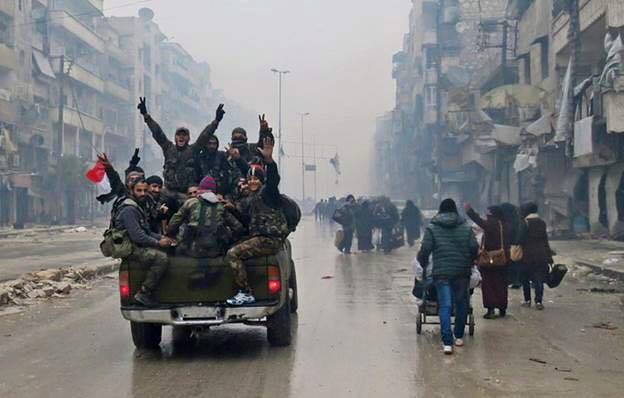
Eighth: The armed opposition were divided into so many factions fighting each other for the spoils of looting and stealing from factories. These factions were scattered based on their ideological, political, geographical or religious background, also based on their loyalty to states, political parties or to a specific person.
Ninth: The penetration of these extremist Islamic factions into Aleppo and to the body of the armed opposition imposed a new life style on the people and on other factions. The control of “Ahrar Al Sham” and “Al Nusra” gave the Assad regime and the Russians the reason and legitimacy to destroy the city and kill its inhabitants.
As we indicated in the beginning; the second fall of eastern Aleppo has lots in common with the first fall. But why did Aleppo fall despite all the support to the tens or maybe hundreds of factions with tons of weapons from Turkey and finance from Saudis and Qataris with media propaganda about establishing a common operation room from all factions accompanied by threats and promises, but again why did Aleppo falls?
First: The divisions between different factions based on who is the sponsoring state and what are their interests of these states in the fighting.
Second: The control of the extremist Islamic factions especially al Quada tarnished the image of the armed resistance globally especially in the west.
Third: Street vendors, sheep and barley merchants became military strategists who decide military plans and leading tactical and strategic expeditions and later on became warlords and local authorities who embezzle their subjects.
Fourth: These extremist Islamic factions didn’t fight the regime instead they instigate four years’ war against the Kurdish people in “Sheikh Maksoud” (Sida Mountains) sieging hundreds of thousands of Kurds and Arabs, bombarding them with chemical and gas bombs and preventing food and medicine supplies. This in my opinion was the most important cause of the fall of the armed opposition as well as the fall of eastern Aleppo.
Fifth: The armed resistance became a de facto agent to the Turkish Intelligence Service who follows the orders from their masters and the war in Sheikh Maqsoud” was a clear indication about these orders.
Sixth: The opposition factions started fighting each other and they committed atrocities against civilians, against each other and against Kurds and Christians similar to what ISIS did. They slaughter and execute civilians on the streets, kidnaping and destroying churches and targeting Kurds.
Seventh: Because of the infighting between these armed factions the regime was able to reach “Al Nobel” and “Zahraa” and disconnect Aleppo from “Azzaz” and the northern and eastern villages and as a result from Turkey.
Eighth: Many armed resistance factions left their positions to the regime after a Russian-Turkish memorandum of understanding, thus the regime was able to siege and fight in eastern Aleppo.
Ninth: Turkey and the Syrian opposition in Turkey bluffed the armed resistance telling them lies like the unconditional Turkish support against the regime and the support in the negotiation with the regime that will achieve victory. Unfortunately the armed resistance believed these lies and stayed under the hysterical bombardment of the Russians and the regime without any gains on the ground.
Tenth: The Turkish intelligence used the armed resistance for their own gains and supporting them to take over the military academy, “Ramosa” and Damascus Road before Erdogan’s scheduled visit to Russia so he can be in a strong position to negotiate with Putin, but after the meeting Erdogan ordered the cease of military operations in Aleppo.
Eleventh: At the time when the armed opposition was gaining grounds in western Aleppo cutting the roads to Damascus, Erdogan ordered them to leave Aleppo and head towards Jerablus. This move was the last straw that broke the camel’s back and lead to their defeat and the victory of the regime.
Twelfth: instead of the thousands of armed resistance heading towards Damascus to bring the Assad regime down they headed to Sheikh Maksoud, Afreen, Jerablus and Al Bab to fight the Free Syrian Army and the Kurds following their Turkish master’s order.
Thirteenth: Couple of years ago, a meeting was held between tens of factions and as a result they left their battle fields and headed towards Kurdish cities to occupy them, but the result was their defeat in Sere Kaniye, Ramaylan, Qamishlo, Gre Spi and Afrin.
Not only did Eastern Aleppo fall, it was completely destroyed. The economy of the biggest economic centre of the Middle East and one of the oldest in the world was destroyed. The fall of eastern Aleppo is also the fall of the armed resistance project and their supporters in Turkey; it is the fall of the political Islam and the Muslim Brotherhood and the agents of the Turkish state and its mercenaries and the fall of any forces that fight the Kurdish people. I said it before and say it again “no one will succeed in antagonizing and fighting the Kurdish people”.
At last, the only viable project is the secular and real patriotic project of the Kurdish people, the project of the democratic Syrian forces and the people’s protection units. It is the federal and democratic project that can stand against ISIS and the regime and all the dictators and will also guarantee a free Kurdistan and free Syria.
Polat Can is one of the founding members of the YPG (Peoples’ Protection Units) in Syria


